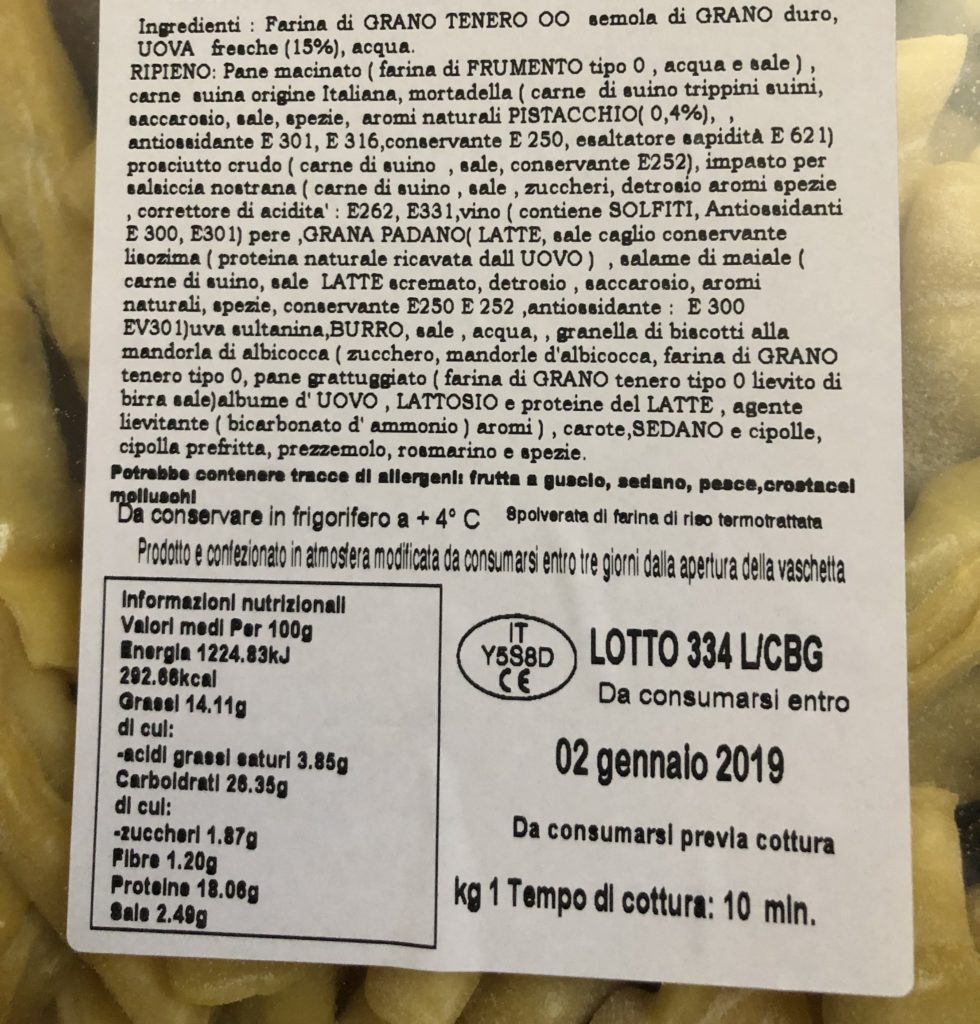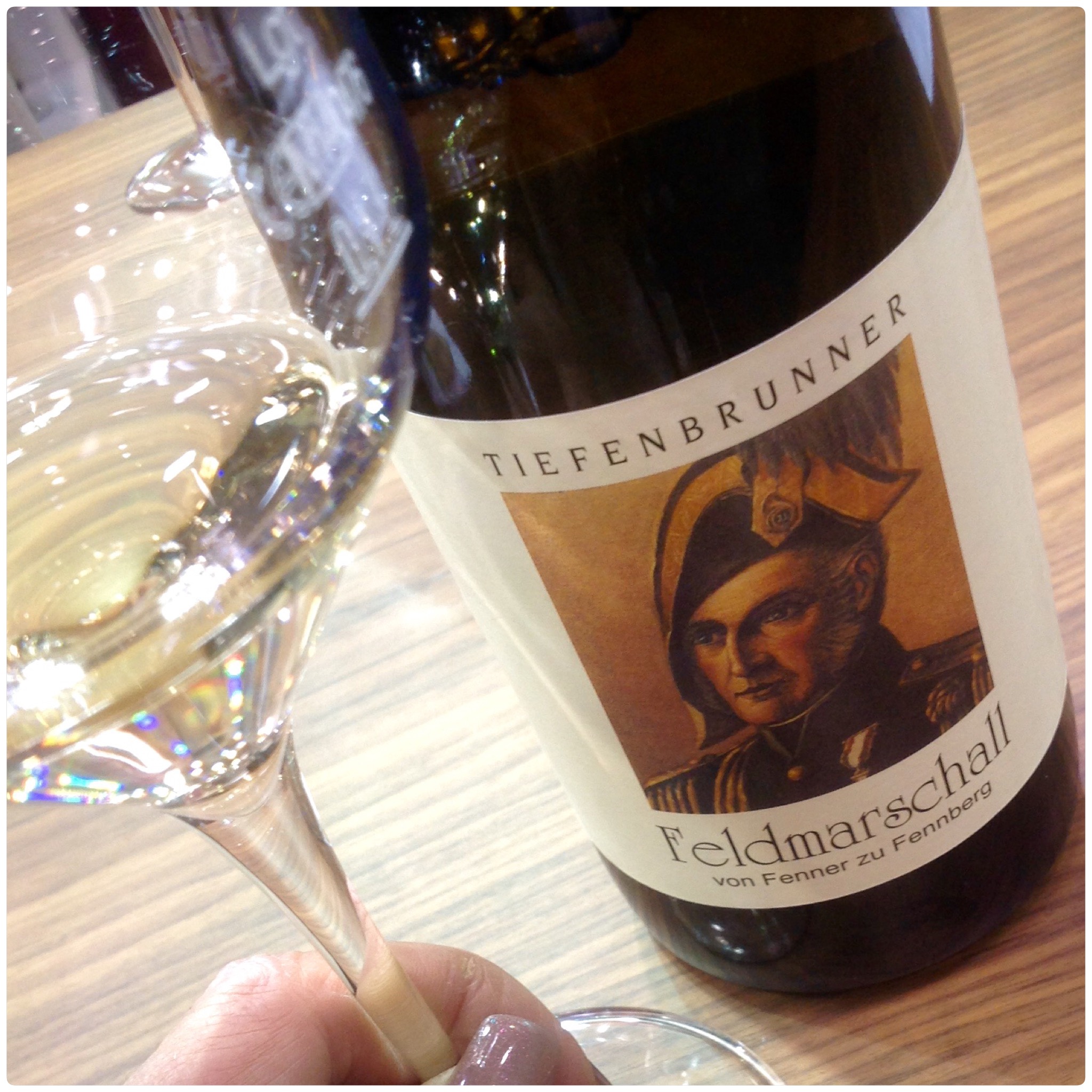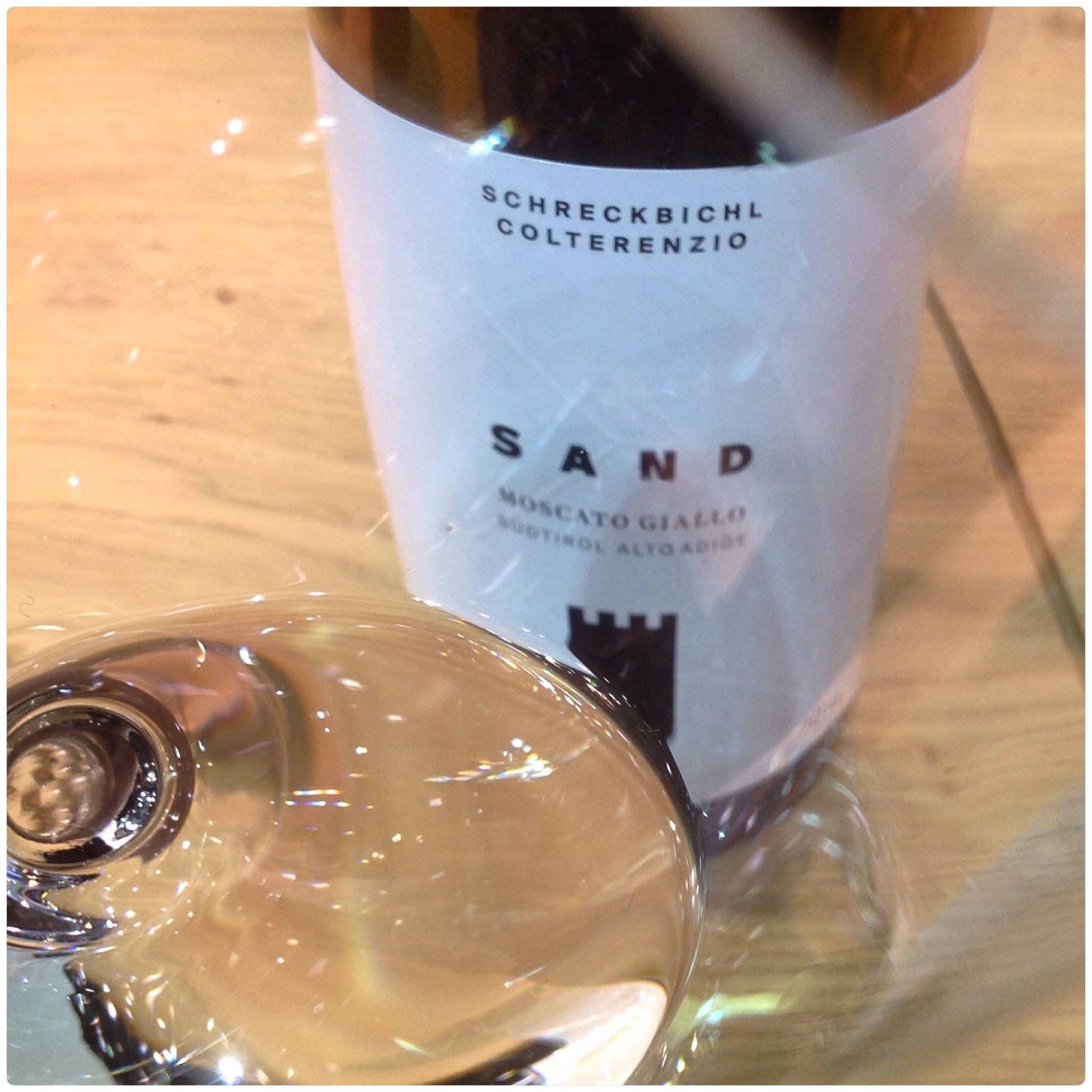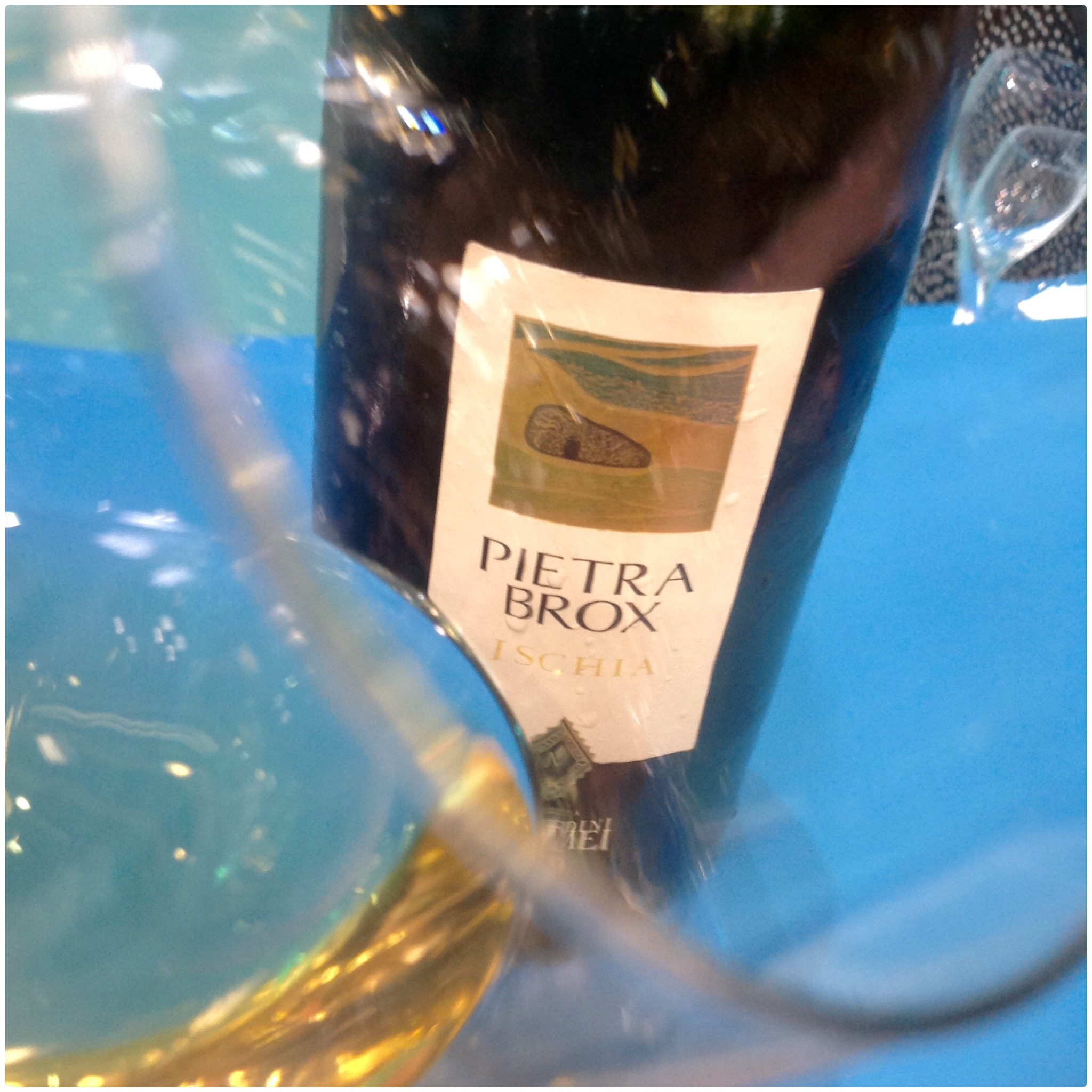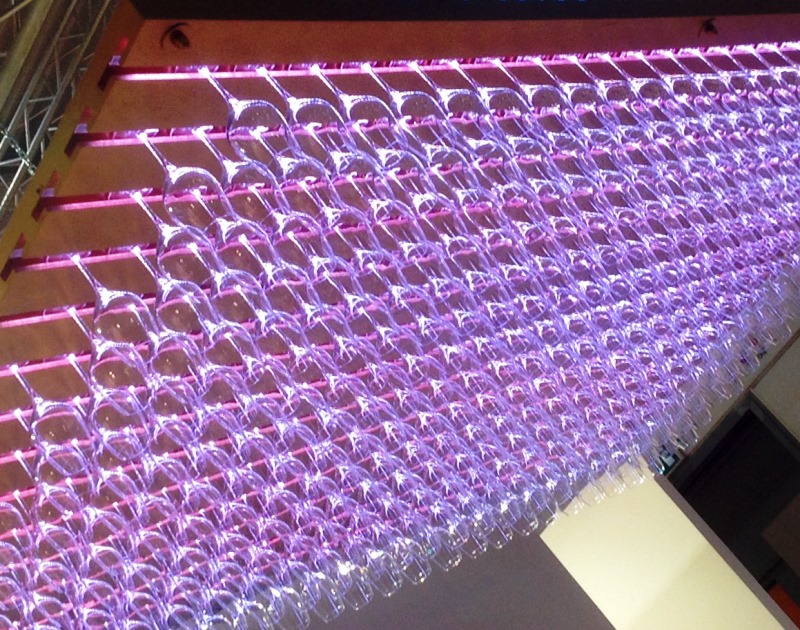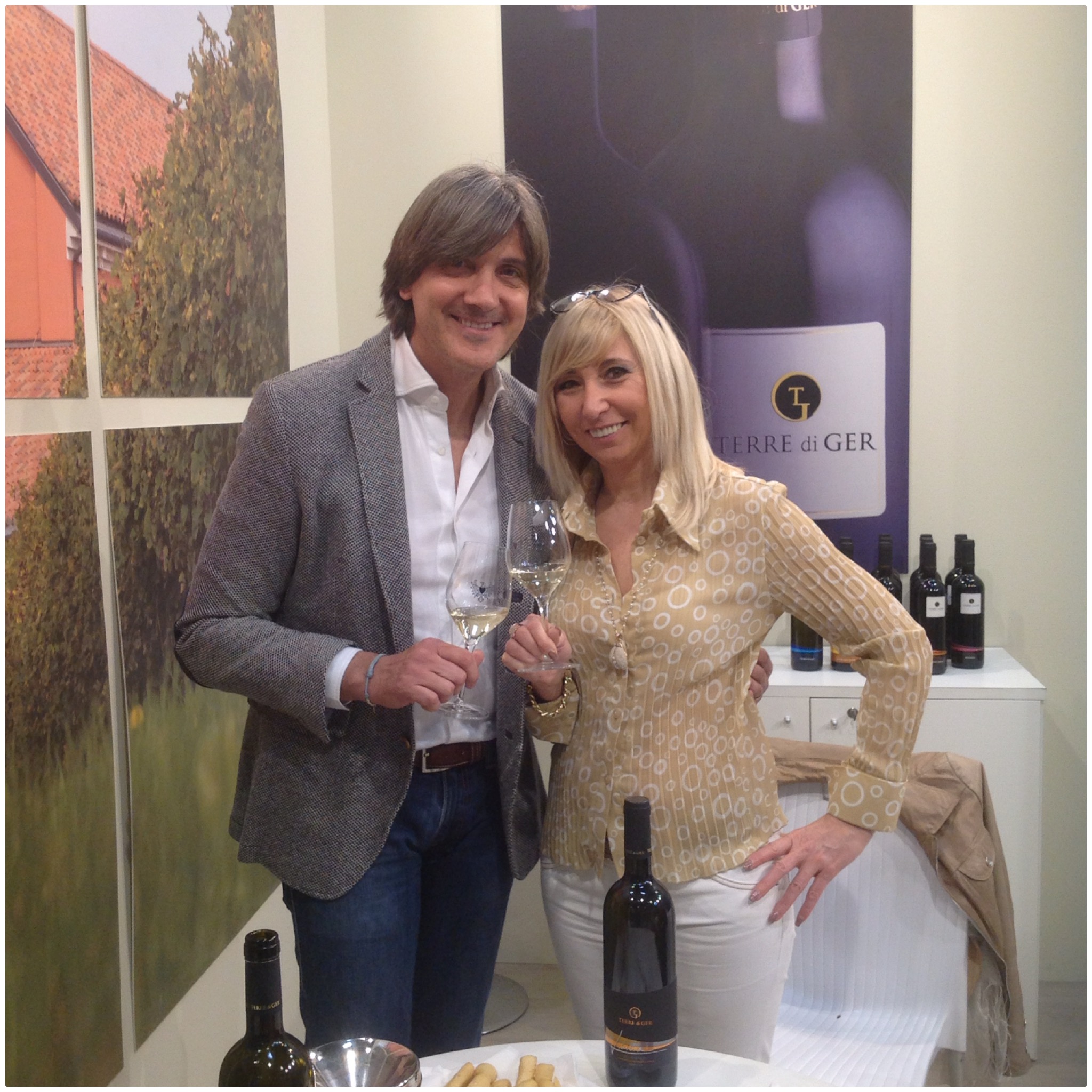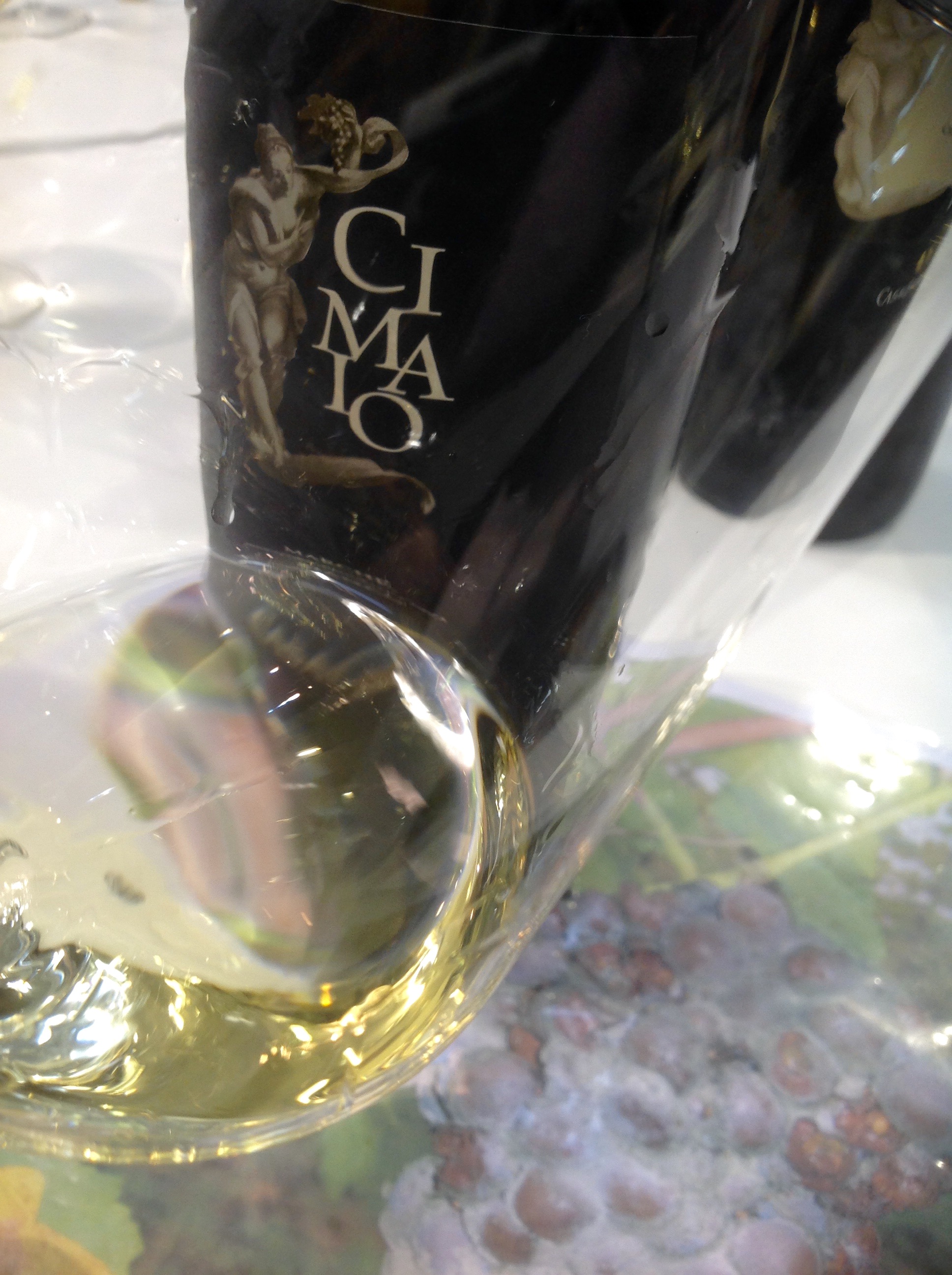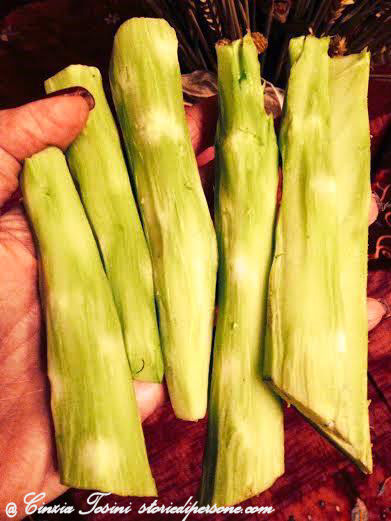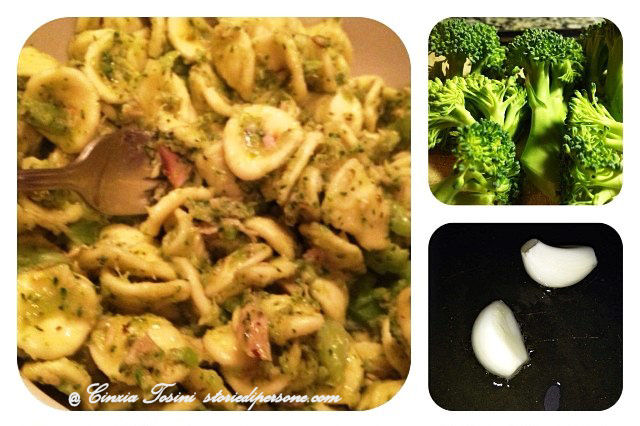We are sure to know how to read a label?
Knowing how to read a label is important, some, but it is not always easy. Just to say that a few weeks ago I found it such a detailed, that more than make up my mind has me confused. Nessuna polemica, for charity! Ben are descriptions to guarantee the origin of food dictated by the new rules on traceability. The doubts to which I refer are relevant to understanding the meaning of a number of food additives marked with alphanumeric codes. All mandatory information – He promptly told me the operator – view my perplexity in read. Well, certainly the commitment should be appreciated, but as for clarity for the consumer I know that there is still much to do!
Within about showing the label in question. The indications are relative to the ingredients and additives of a filled pasta packaging. Let's read together.
Be’, on ingredients nothing to clarify, I'd rather go over the meaning of the term additives: those substances added intentionally to foodstuffs to keep them protecting them from microbial contamination, color them or dolcificarli. The aim is to improve the appearance and taste. You can be identified by a number preceded by the letter E, with the specific function of the relative. The most common are antioxidants, preservatives, flavorings, dyes, sweeteners and thickeners. But there are many other, harmless and less harmless. Anyway, for peace of all, there is a body set up to assess their safety: l 'EFSA, European Food Safety Authority.
But back to my label. Therefore, these are the additives.
- Antioxidant E301: sodium ascorbate. The sodium salt of ascorbic acid E300 used to prevent browning and rancidity of foods.
- Antioxidant E316: sodium erythorbate, synthetically produced. It slows down the food oxidation.
- Preservatives: E252 sodium nitrite – E252 potassium nitrate. Two substances that besides preserving add flavor to meat. It should be stressed that excessive consumption of these additives can be hazardous to your health.
- Flavor enhancer E621: monosodium glutamate. A substance used for its ability to enhance the flavor of a food intensifying the flavor.
- Acidity: E262 sodium acetate – E331 sodium citrate. Their function is to extend the life of food.
All clear? Definitely a bit’ more after searching the meaning of each additive present in the filled pasta in question. For this purpose, a 'bugiardino of additives’ with their functions and side effects, It could help consumers to a more conscious choice. Because to be honest, some substances when added in excess may be due to allergies.
In conclusion, what is left to say ... maybe just that as far as I, read more additives added to the label, and pass me the desire to buy a food. Just to say that the choice of fresh and selected foods is undoubtedly the best choice!
